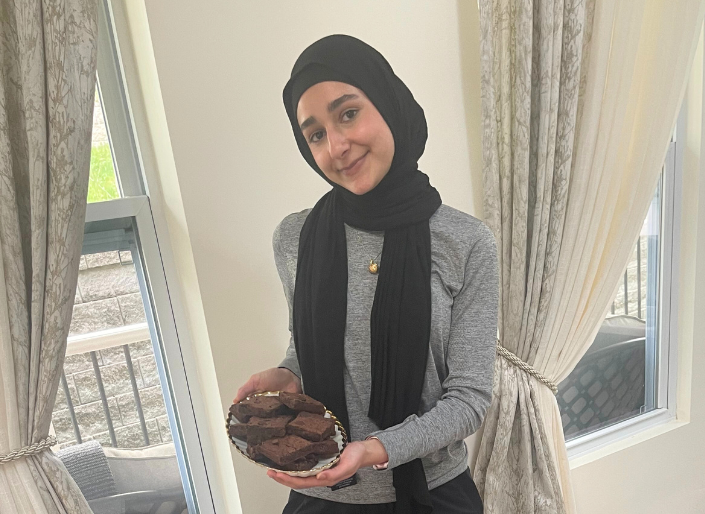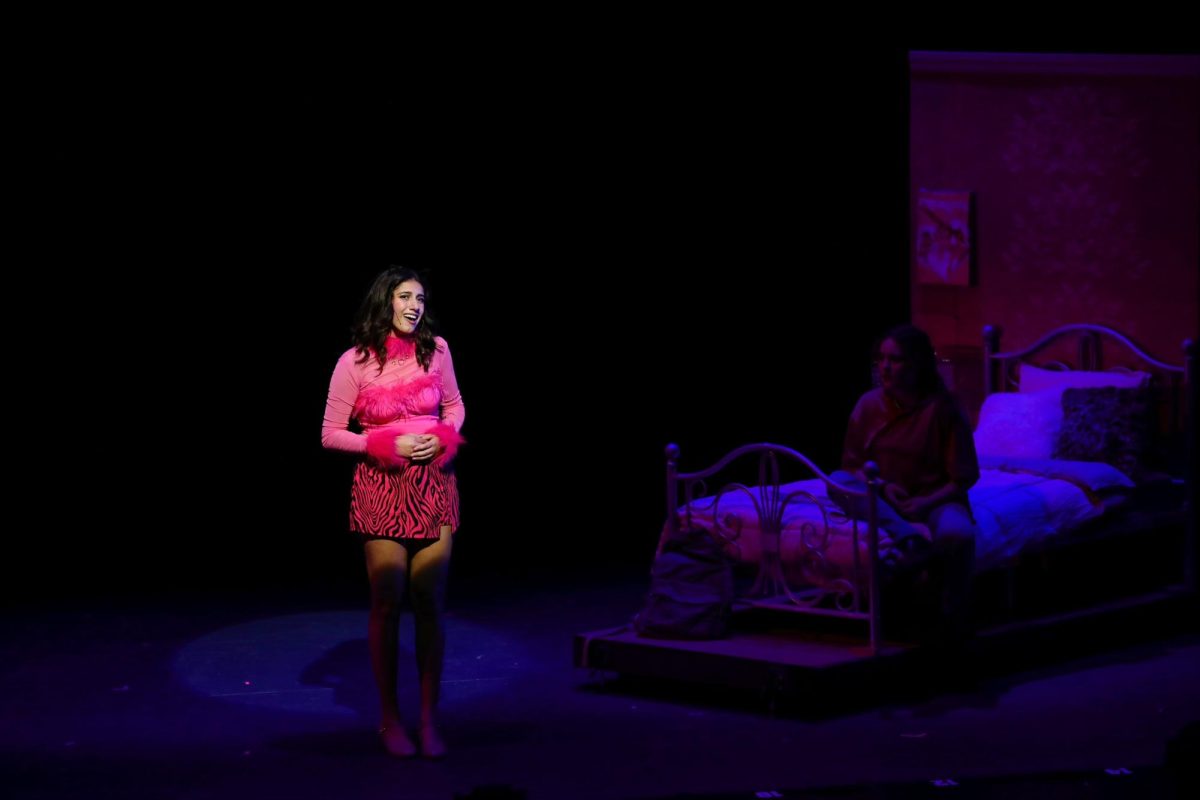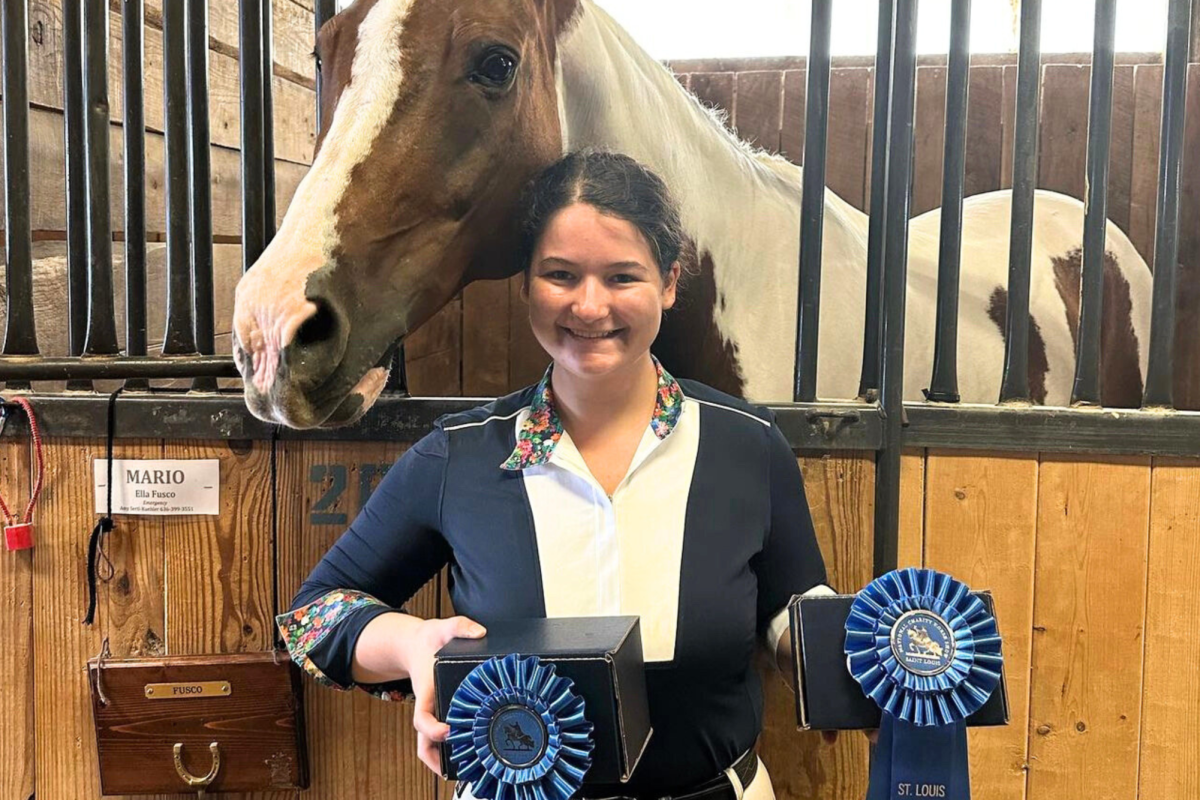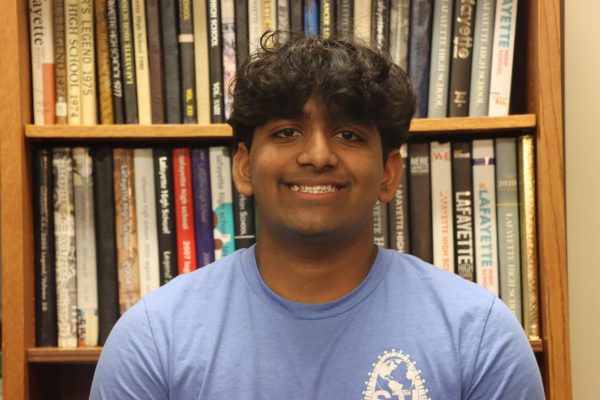Seven years ago, freshman Abhinav Rao started playing chess competitively. Today he has a 1600 Elo in the United States Chess Federation and has played in tournaments across the US.
Elo is a rating determined by the player’s strength compared to other players. A player with an Elo between 1500-2000 is considered experienced and great at the game.
When he was 5 years old, Rao’s grandfather taught him how to play. At 7, he decided to play in small tournaments and ended up performing well.
“I started winning the small chess tournaments, and that motivated me to go into bigger ones. Then I worked my way up slowly to 1600 Elo, where I am now,” Rao said.
At the 18th Annual Indianapolis Open the weekend of Aug. 25, he tied for 2nd place in Class C of the tournament.
“It was a good tournament, I’d say. Mostly because there were a lot of strong players in that class. I played most of my games very well. It wasn’t like I lost any games horribly. But one game I didn’t play well.” Rao said.
The tournament was played in a 5-round Swiss style. Each player plays five rounds in a round-robin, and no one is eliminated. After five rounds, the player with the most points is declared the winner.
The amount of points you get is determined by your tiebreak. If your opponent has a higher rating than you, you get more points for beating them. The better your tiebreaks, the better chance of winning you have in the overall tournament.
“If you get better tie breaks, you get the plaque for the state championship, you also gain [a better] rating and you get closer to being a title player,” Rao said.
Rao plans to build on this performance and continue playing at tournaments. The only limitation he is worried about is school.
“I plan to go on more chess tournaments, especially out of state because I do really well on those for some reason. In my opinion, people in Missouri are a lot stronger than people [from other states] because Missouri is known as the chess capital and people play here more,” Rao said.
He does have some advice for players new to chess.
“First work on tactics, then work on opening and after that work on positional chess. Grandmaster chess is like 90% tactics and like 10% all the other stuff,” Rao said.
Those tactics, Rao says, is the most exciting part of the game.
“I like all those fun tactical positions because it feels really fun to play in. There’s crazy positions my games get into and it’s really fun to think through those,” Rao said.

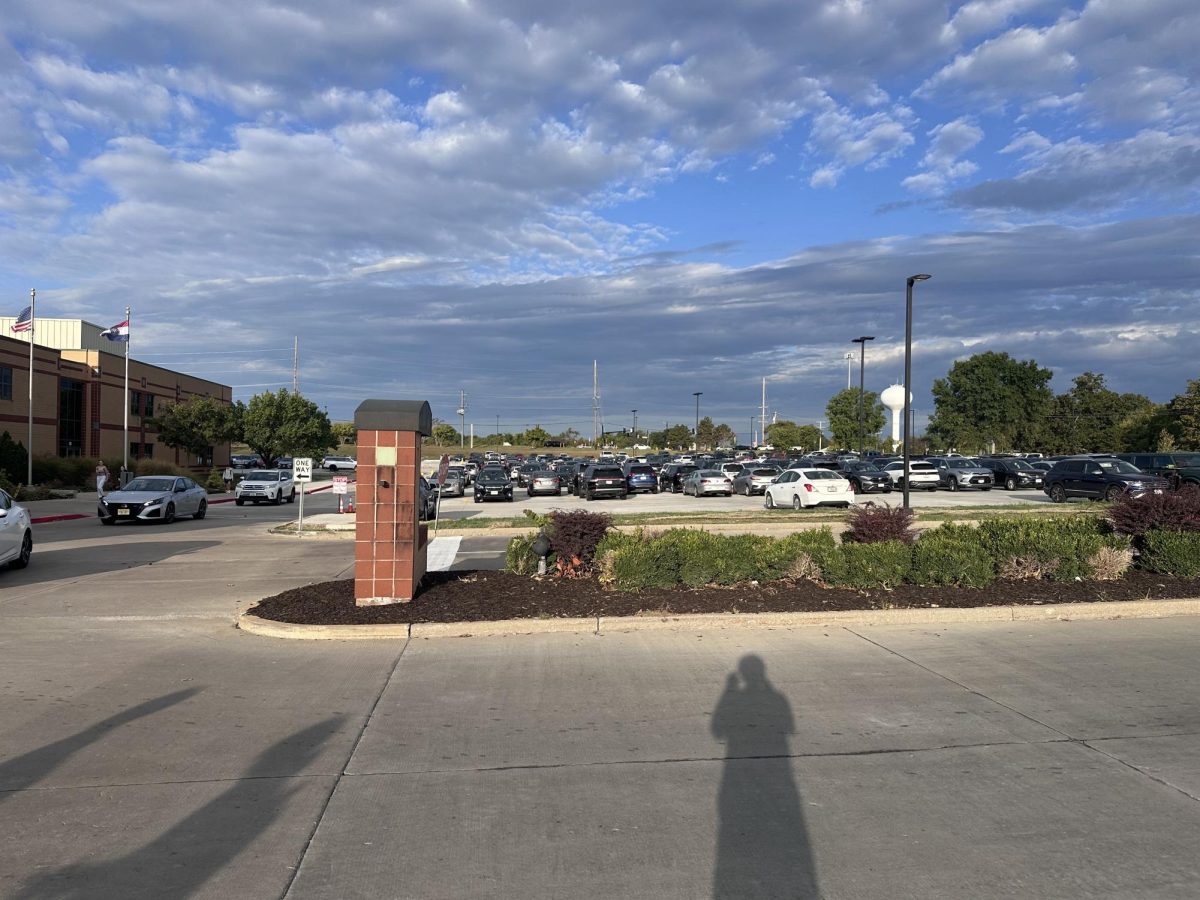


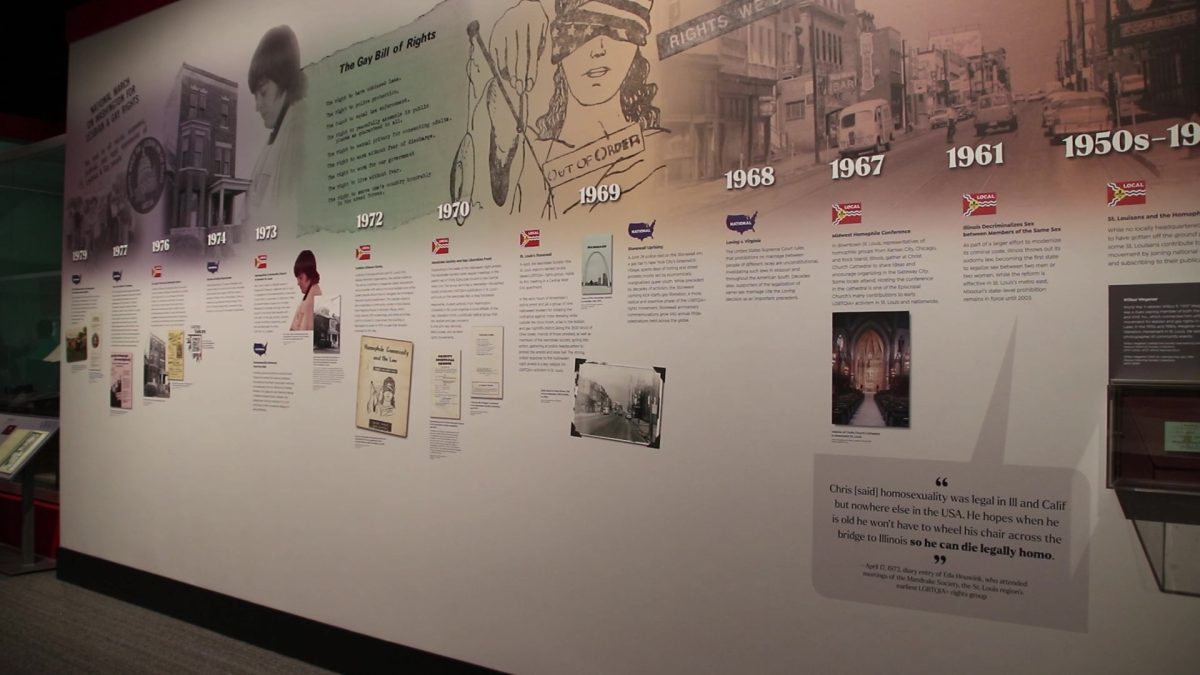
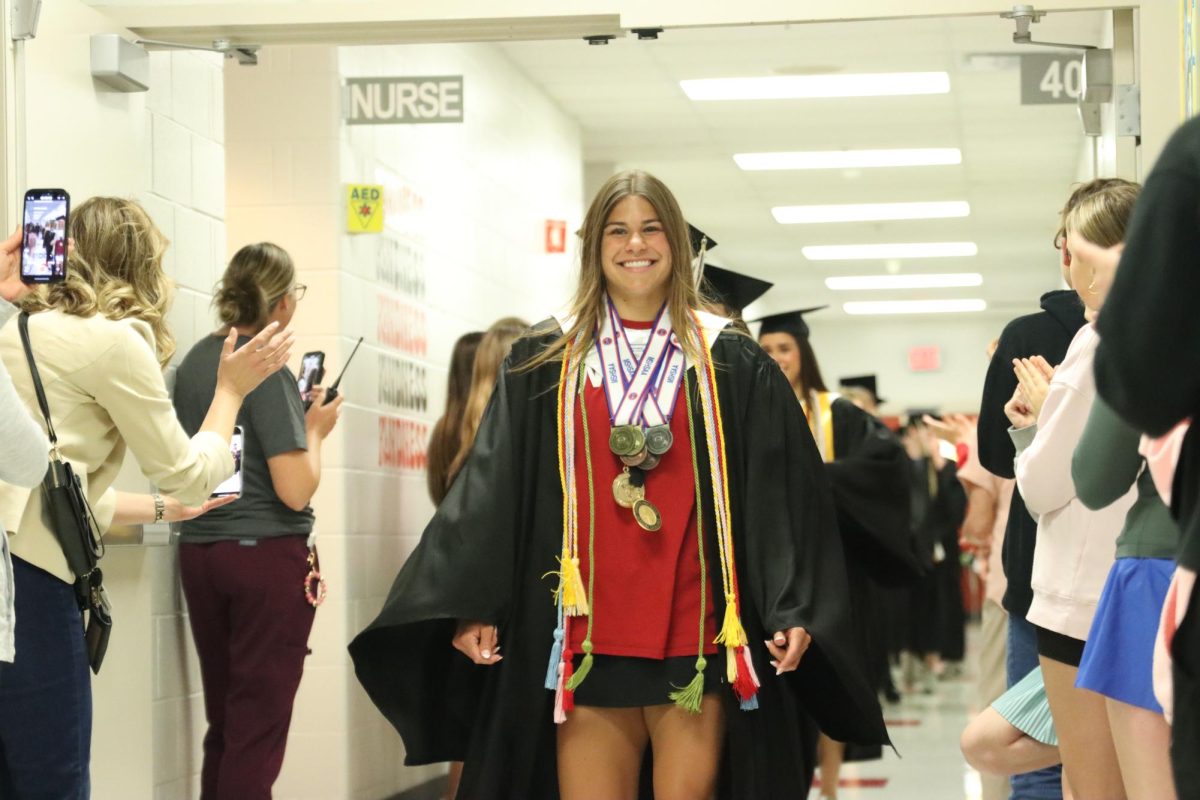
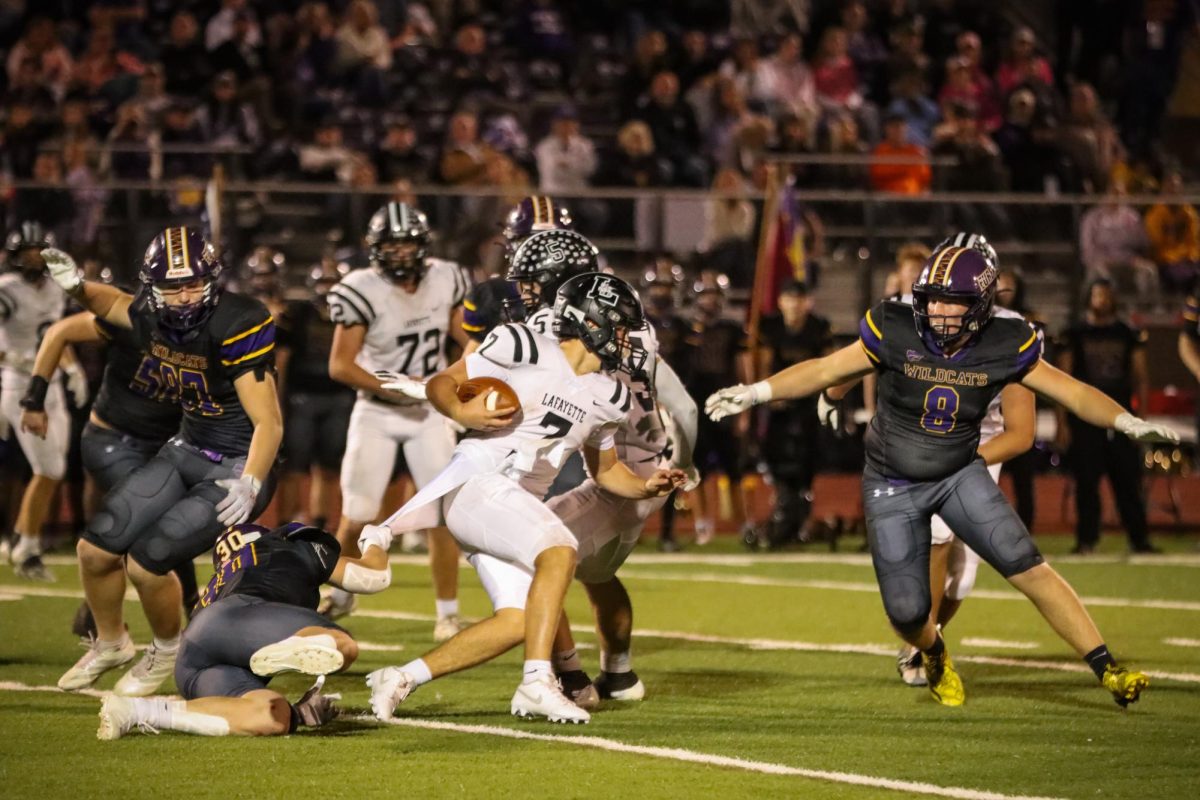
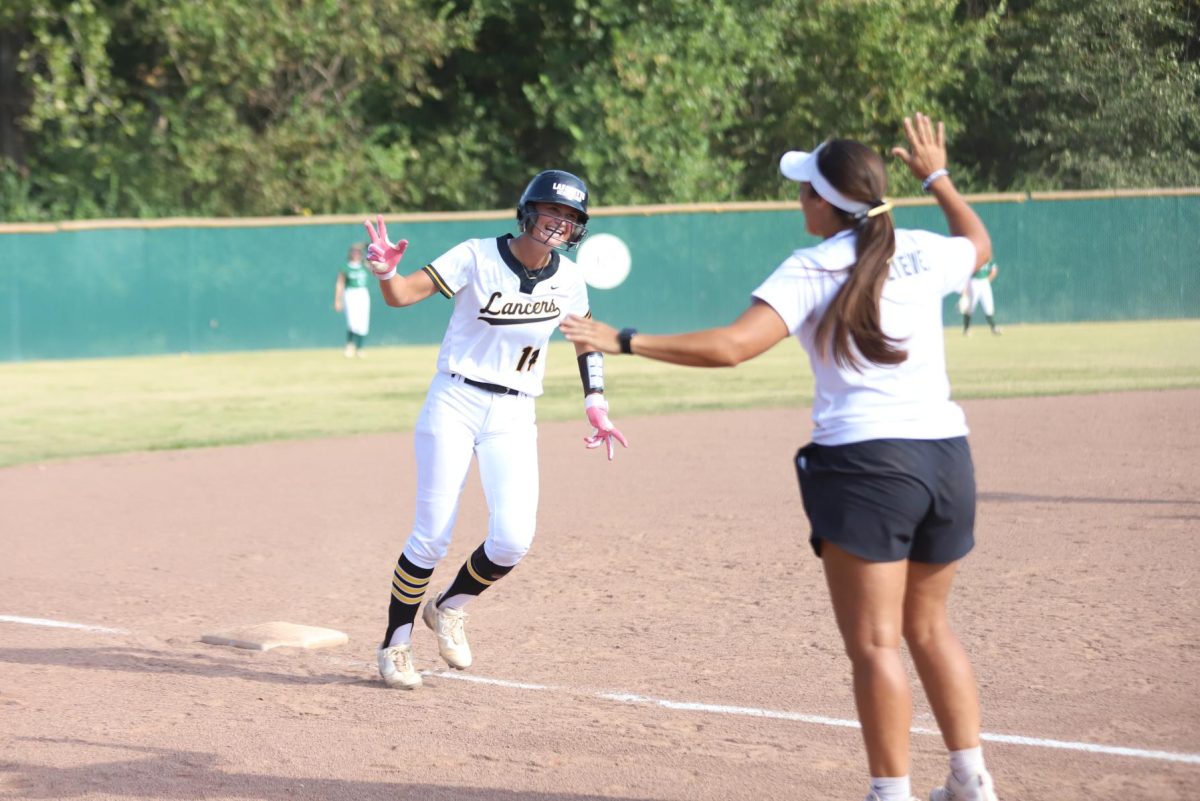
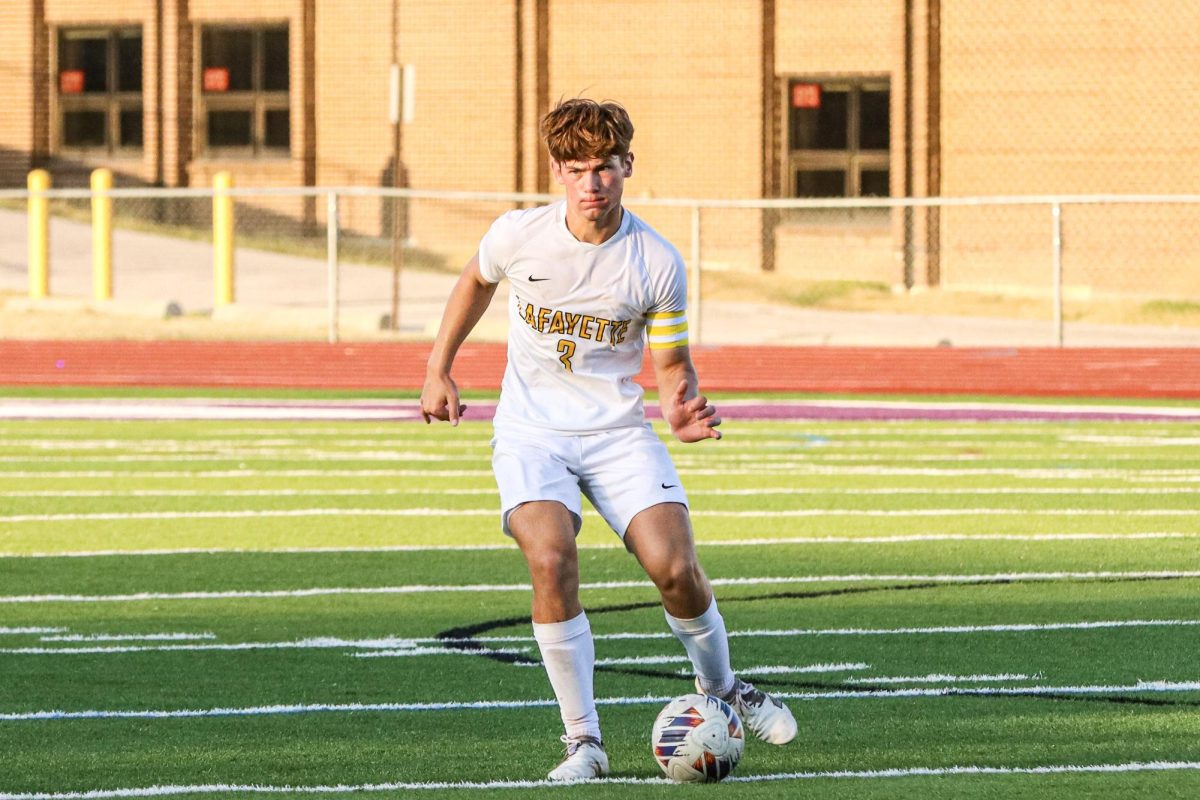
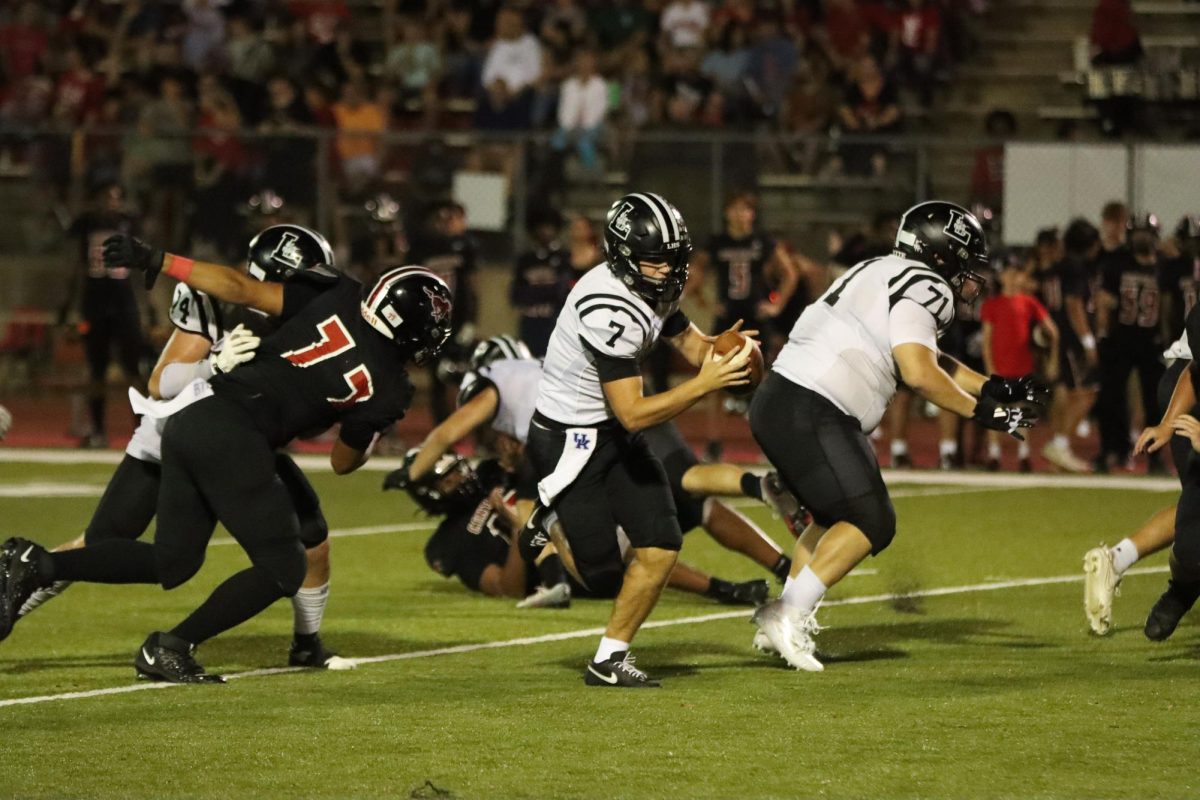
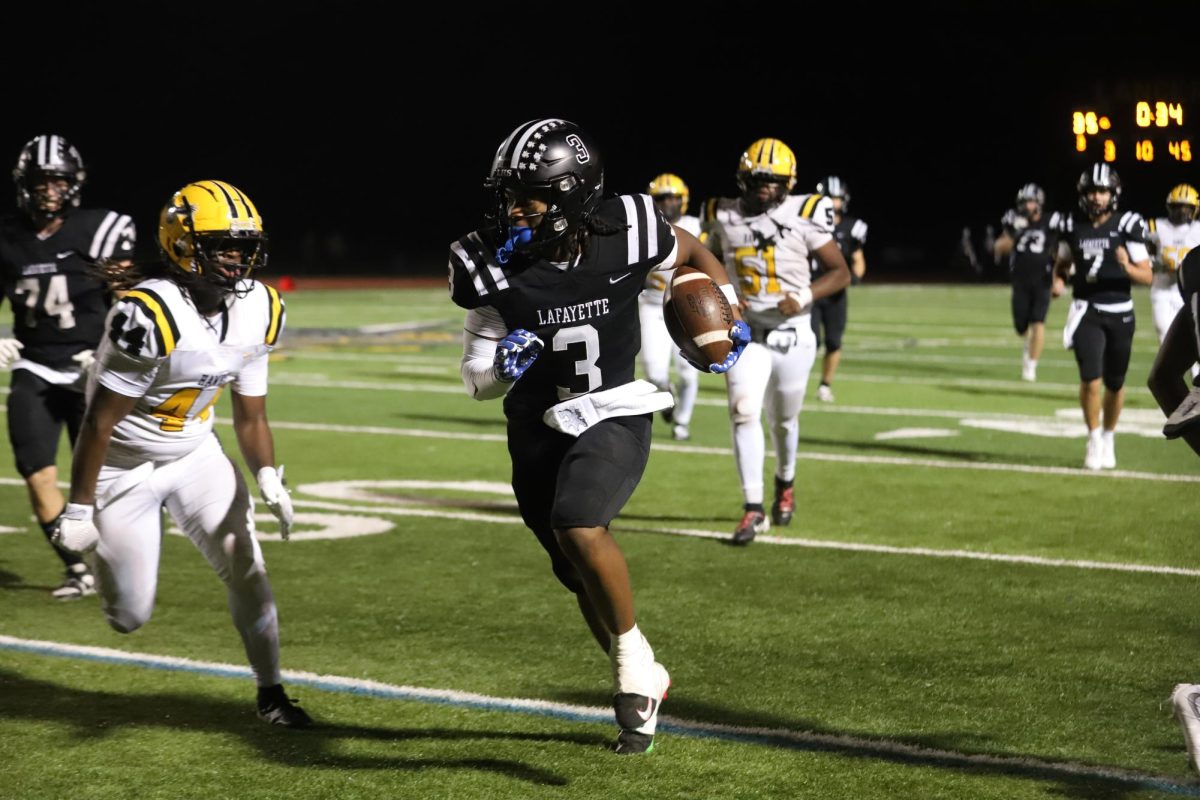



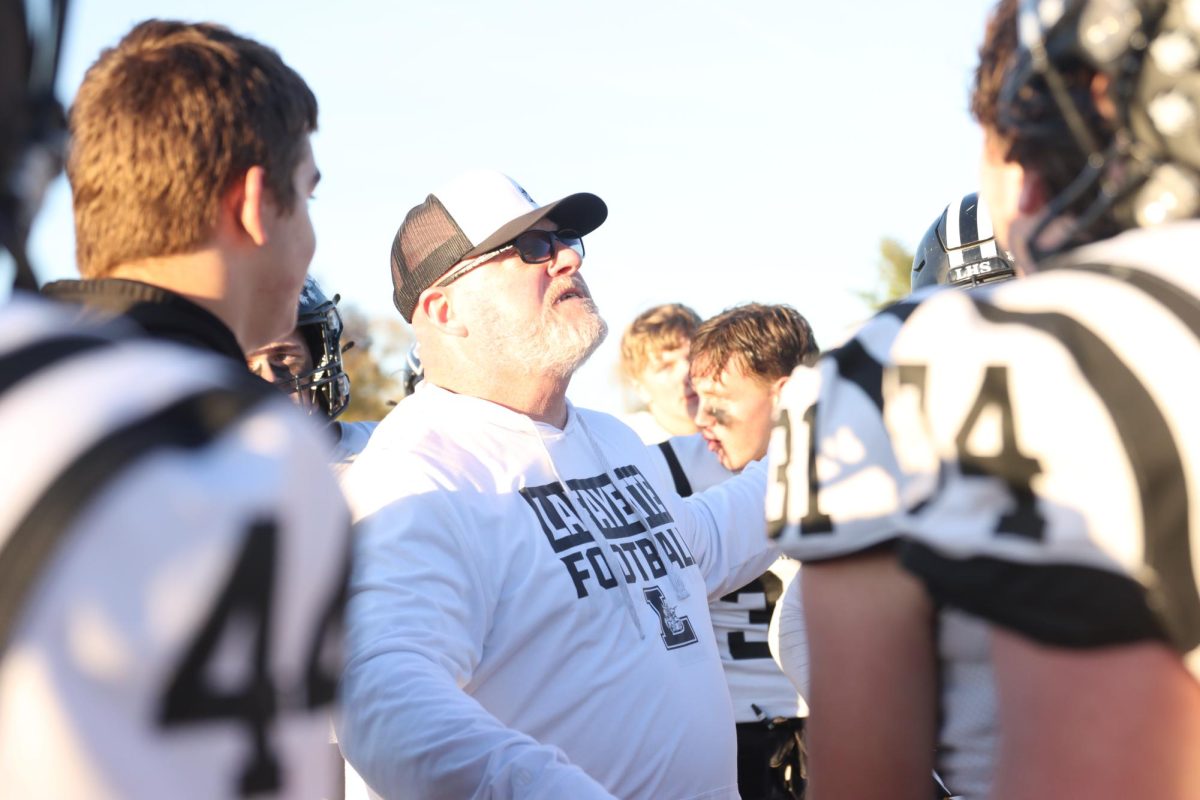
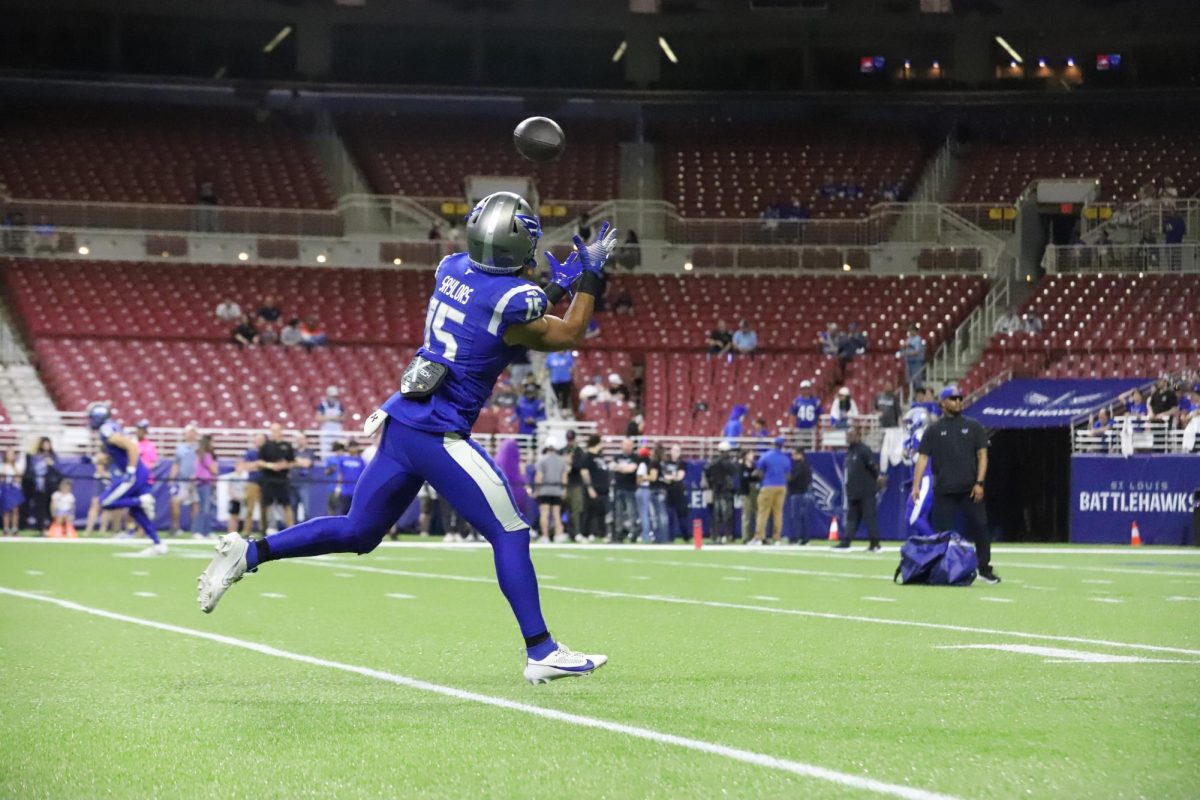
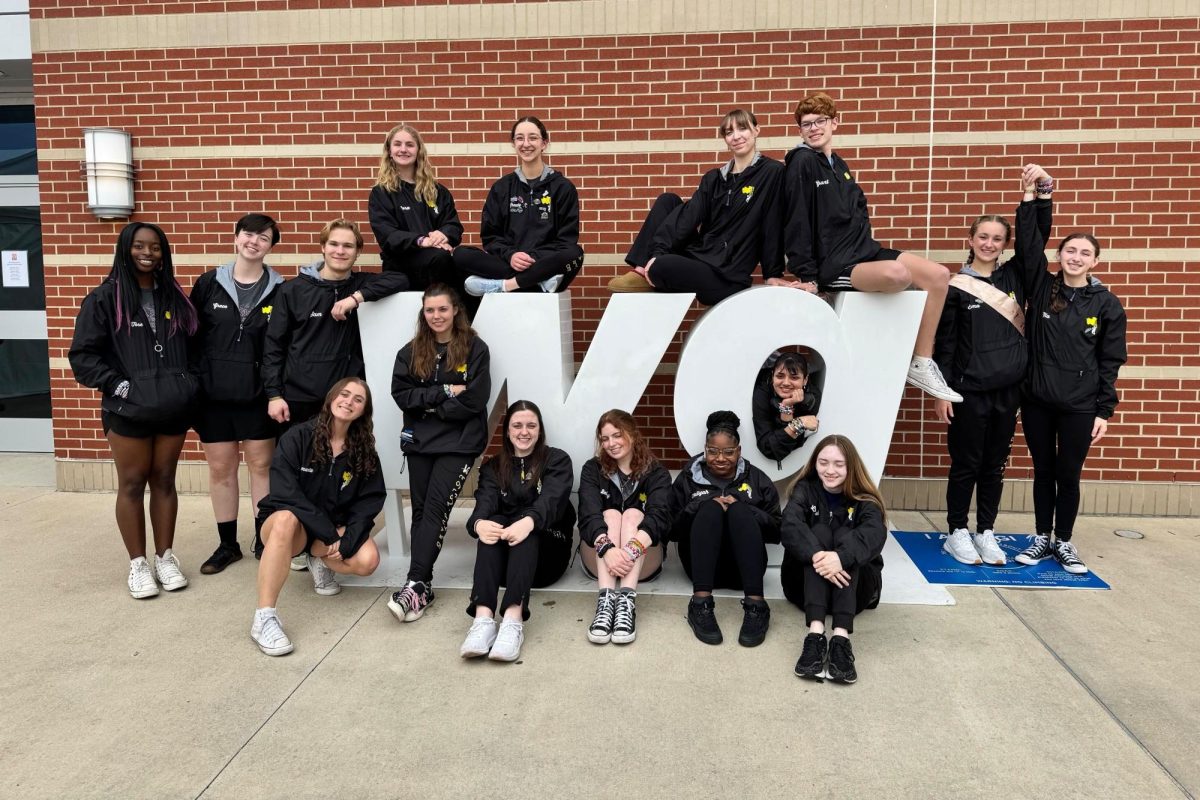



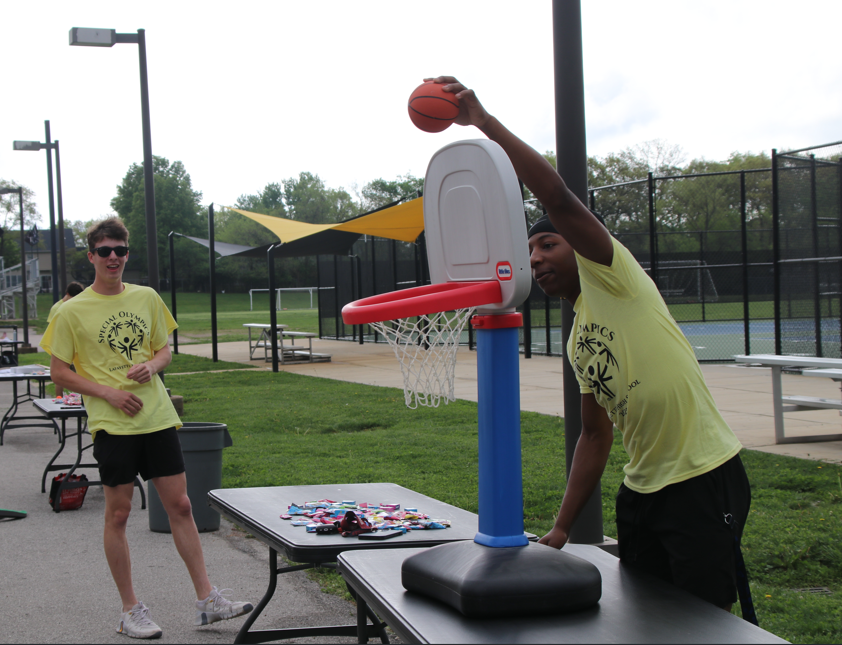
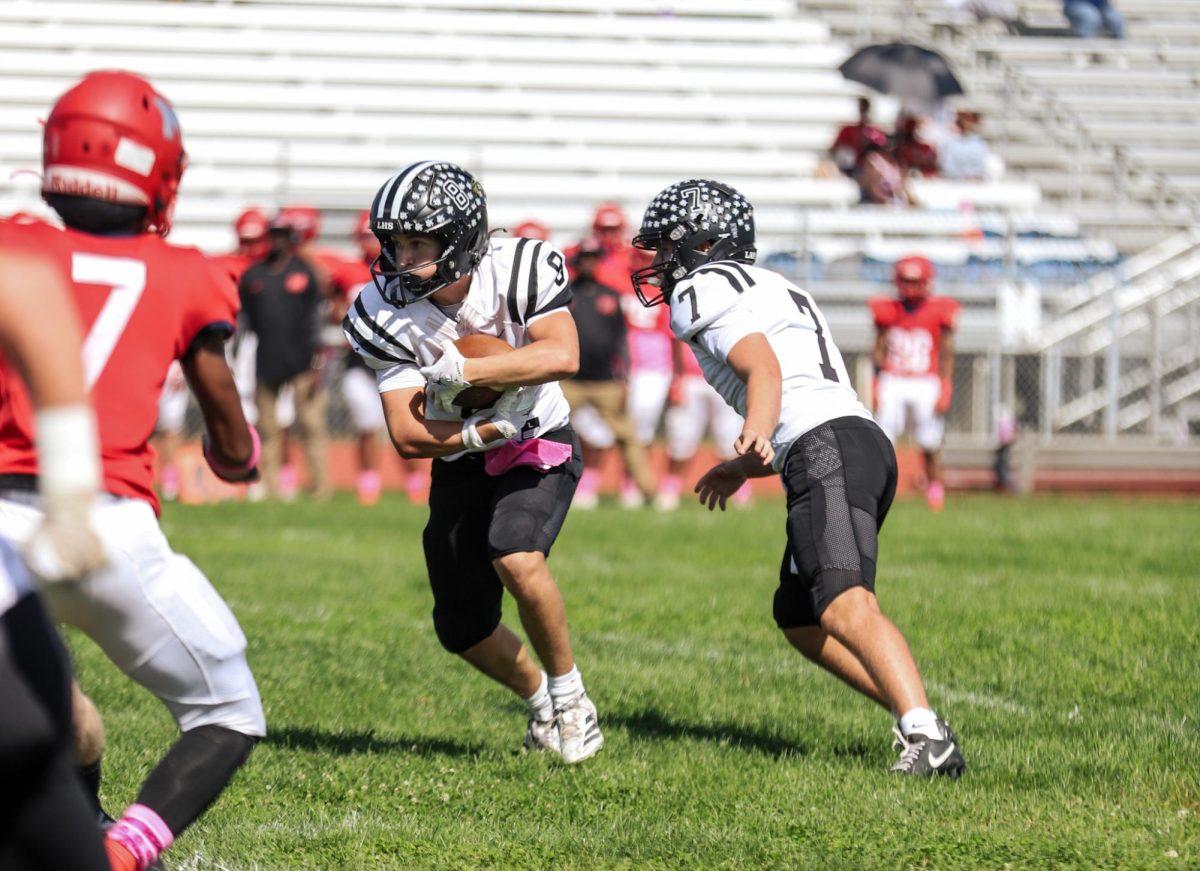

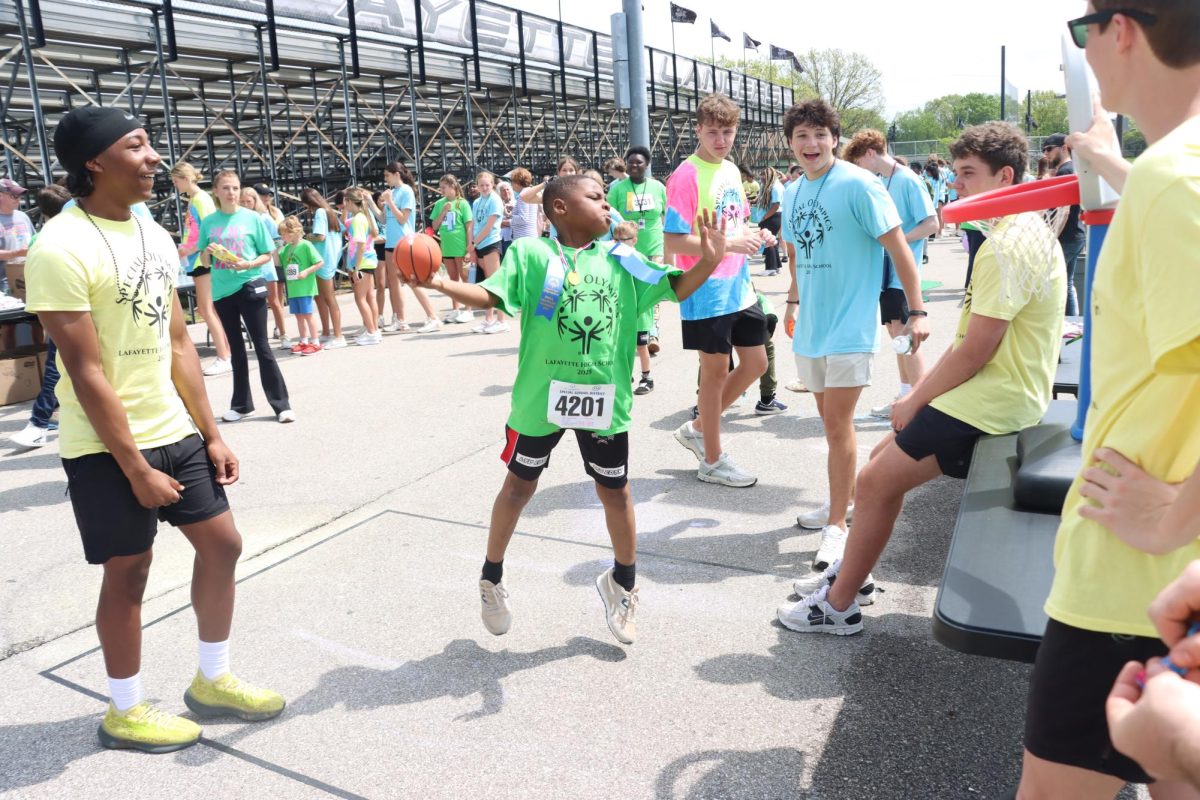
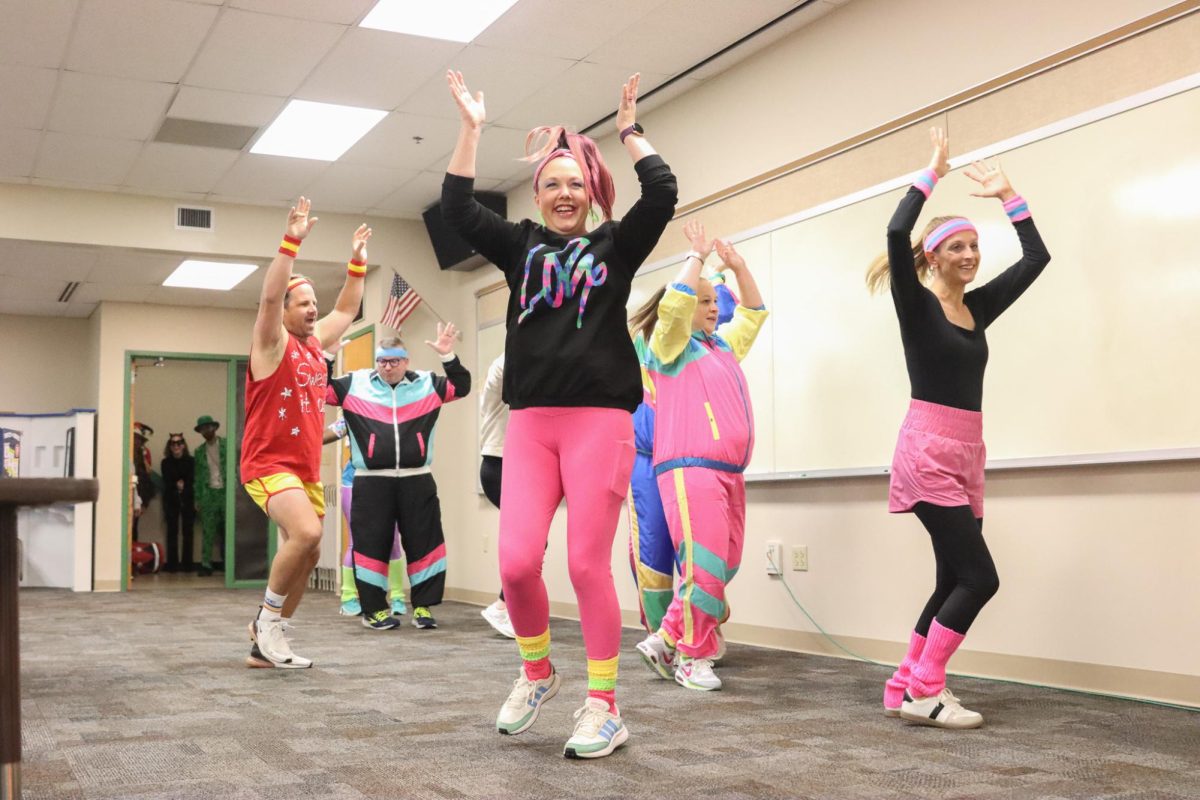
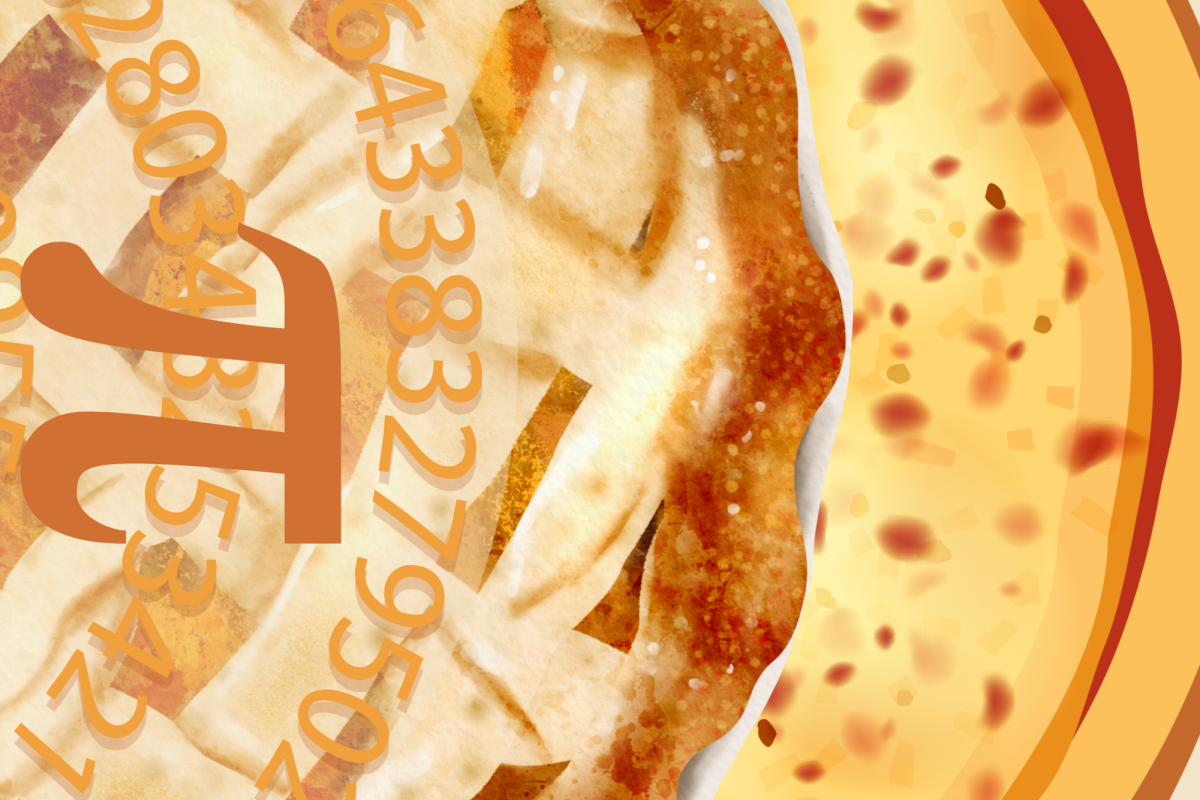

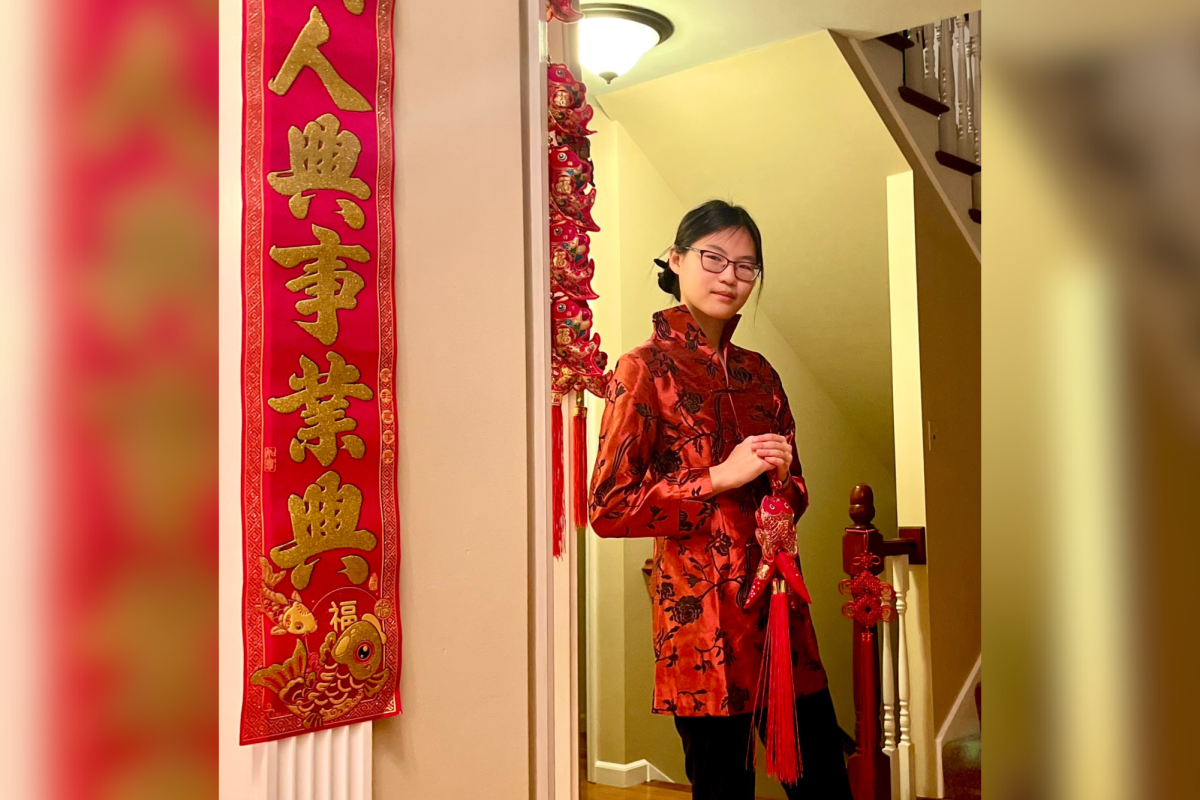





![Although being only one of the two oboe players in the school, freshman Elise Morton said she will continue playing the instrument throughout high school. “[Playing the oboe] makes me feel special because I know I'm playing a rare instrument and I love having a challenge because there’s something to improve on and get even better,” Morton said.](https://lancerfeed.press/wp-content/uploads/2024/05/Elise-Morton-Featured-Photo.jpg)
